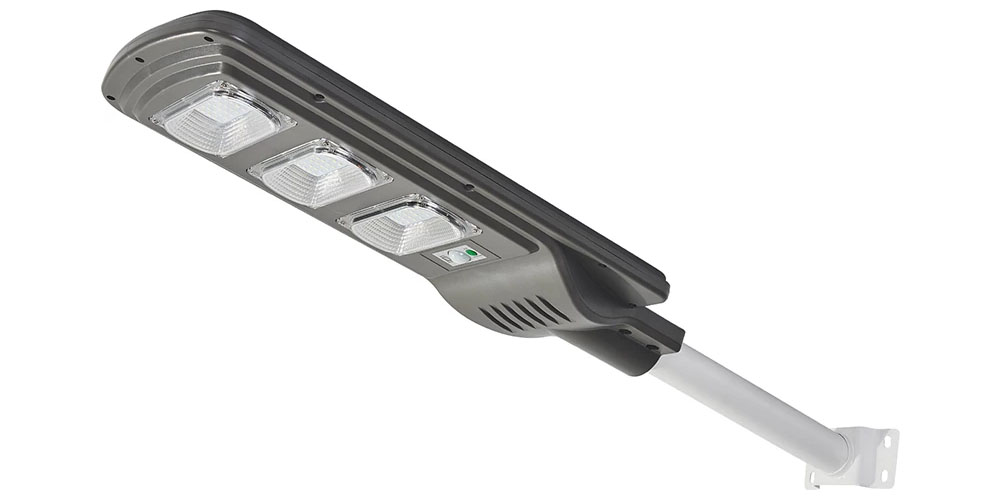The evolution of street lights is immense. Like many other latest developments, street lights are moving towards the consumption of green energy in the world today. In addition, the incorporation of different technologies such as motion sensors into street lights is turning ordinary street lights into high-performance street lights. Furthermore, the advancements in technology have led to a solar panel street light that can withstand harsh weather conditions. Solar street lights come with different features that allow them to offer maximum illumination. This article aims at updating you on the five primary features of a solar street light with motion sensors.
5 primary features of a solar street light with motion sensors
1. Lighting components
The most common light source for advanced solar street lights is LED. Solar street lights usually prefer LED lighting systems because it is energy-saving and provides high luminosity compared to other light sources. Ordinary street lights usually use HPS as their light source, which consumes energy up to 50% higher than the LED lights. Additionally, the LED lighting source does not have any warm-up time, allowing for motion sensors to work efficiently.
2. Street light pole
Sturdy and robust street light poles are essential. The sturdy street light poles are crucial because of the additional support they offer mounted components. Some of those mounted components include; batteries, fixtures, and panels. Furthermore, with the latest innovations in street lights, some poles contain the latest designs that allow electronics and PV panels to be combined with the pole. The benefit of combining electronics and PV panels to the street light pole is it offers additional protection against weather conditions such as wind.
3. Solar panels
Solar panels are the most crucial components of solar street lights. Without solar panels, the solar street lights are almost useless. The function of solar panels in street lights is that it helps convert solar power into electricity necessary for lighting the lamps. In addition, solar panels come in two forms polycrystalline and monocrystalline. The conversion capacity of both forms is different. Additionally, different solar panels have different wattage usage.
4. Battery
Batteries are essential to solar street lights. Without them, the street light cannot function well. Their main work is to store electricity that solar panels produce during the day and ensure that solar energy is used at night. A battery’s life cycle is essential to the light’s lifetime. In addition, a battery’s capacity is significant to how much backup light it stores and for how many days it can last. There are two primary types of batteries utilized in solar street lights: lead-acid batteries and light-gel cell deep cycle batteries. The most popular battery is the lithium-ion battery because of its compact size.
5. Motion sensors
The purpose of motion sensors in the street lights is to detect the movement of people. When people are not around, the street light deems a little, but when they pass by, the street light brightens.
Conclusion
The various features of a solar street light with motion sensors ensure that the light system works efficiently. Different solar panels have different durability based on the features used. Furthermore, an important key to note if you wish to purchase a solar street light is that the combination of its component will determine its performance rate.
